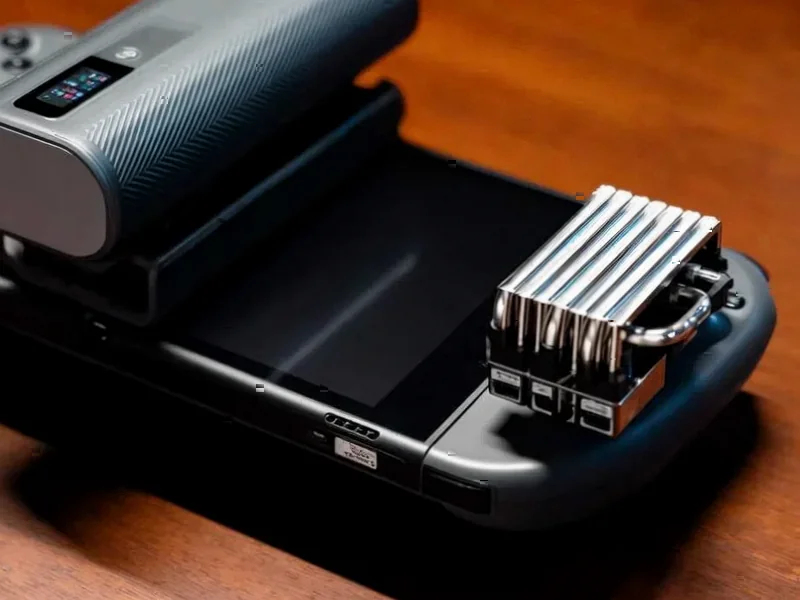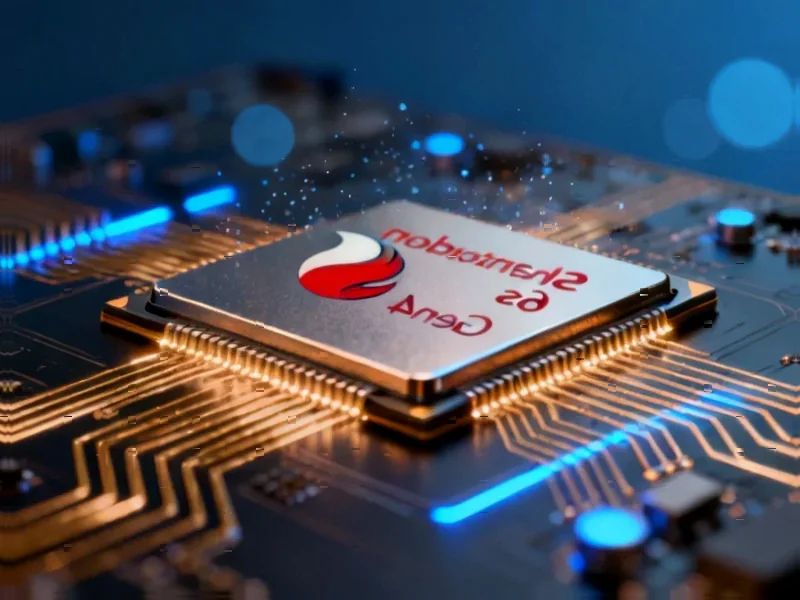According to SamMobile, Qualcomm’s Snapdragon 8 Gen 6 chipset will launch in two distinct variants called Standard and Pro, both fabricated on TSMC’s 2nm process. The GPU specifications will differ between versions, with only the Pro variant potentially supporting LPDDR6 RAM and offering higher performance. This comes as Samsung’s Galaxy S26 strategy just became clearer, with the S26 and S26+ using Exynos 2600 globally while the Ultra model gets Exynos in most markets and Snapdragon 8 Elite Gen 5 in the US, Japan, and China. For the 2027 Galaxy S27 series, this chipset split means regular flagships would likely use the Standard variant while ultra-premium models could get the Pro version. The average customer might not realize that devices labeled “Snapdragon 8 Gen 6” actually deliver different performance levels. Samsung typically gets custom “for Galaxy” editions of Qualcomm chips, but the LPDDR6 support would represent a more significant differentiation.
Here’s Why This Matters
Look, we’ve seen chipset confusion before, but this takes it to another level. When you buy a phone with “Snapdragon 8 Gen 6” inside, you’d reasonably expect similar performance to other phones with the same chipset name. But now? You could be getting significantly different graphics performance and memory speeds depending on which variant your manufacturer chose. Basically, the “flagship” experience becomes fragmented before the phone even hits shelves.
Samsung’s Tough Position
Here’s the thing: Samsung already walks a tightrope with their Exynos versus Snapdragon split across markets. Adding another layer of complexity with Standard versus Pro variants creates a nightmare for marketing and consumer education. Will the Galaxy S27 Ultra get the Pro chip while the regular models settle for Standard? And what about Samsung’s traditional “for Galaxy” overclocked editions – where do they fit in this new hierarchy? It’s starting to feel like we need a spreadsheet just to understand what we’re buying.
Winners and Losers
Qualcomm clearly wins here by creating a more segmented premium market. They can charge more for the Pro variant while still having a “flagship” option at a lower price point. But phone manufacturers? They’re stuck explaining why their $1,000 phone has a “lesser” version of the same generation chipset. Consumers who do their research might feel cheated, while casual buyers could end up with performance they didn’t expect. The real question is whether this fragmentation actually benefits anyone besides Qualcomm’s bottom line.
What This Means For You
Get ready to become a chipset detective in 2027. You won’t just be looking for “Snapdragon 8 Gen 6” anymore – you’ll need to dig into whether it’s the Standard or Pro variant, check GPU specs, and verify RAM type support. It’s another layer of complexity in an already confusing smartphone market. And honestly? Most people don’t have time for that. They just want a phone that works fast and lasts long. This move might create more frustration than innovation for the average buyer.




